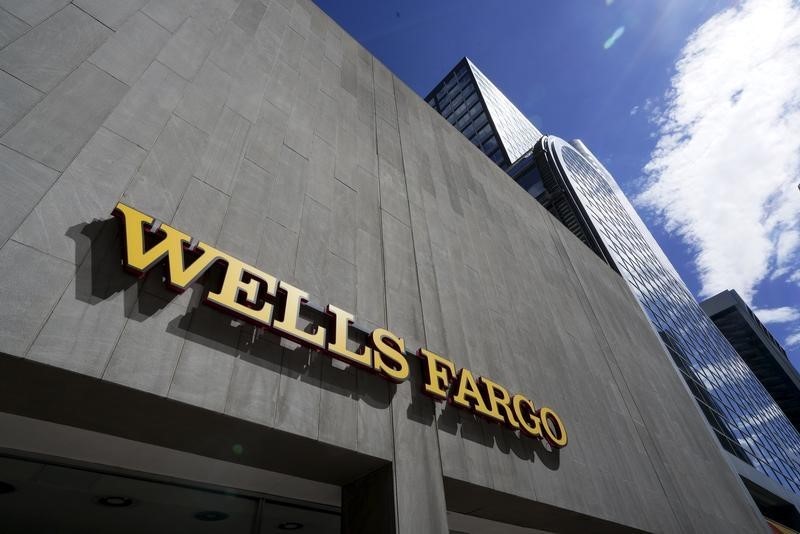In the face of the fastest U.S. monetary policy tightening in 40 years aimed at inflation, Wells Fargo's Q3 profits have seen a significant surge. On Friday, the bank reported an 8% increase in net interest income (NII) to $13.1 billion, exceeding its initial 10% estimate, which was later revised to 14%. This growth is attributed to customers paying higher loan interest amid the Federal Reserve's ongoing restrictive policy until the 2% inflation target is met.
Despite this success, Wells Fargo CEO Charlie Scharf pointed out signs of economic slowdown, such as declining loan balances and slight charge-off degradation. However, these factors did not prevent the bank's shares from rising 2% in premarket trading following the announcement.
The bank's net income also saw a substantial year-on-year increase from $3.59 billion to $5.77 billion, equating to a rise from 86 cents per share to $1.48 per share. This financial robustness comes even as Wells Fargo continues to deal with a scandal over sales practices that led to hefty fines and asset caps imposed by the Federal Reserve.
Further demonstrating its financial resilience, Wells Fargo initiated a $30 billion share buyback program in July. However, it was noted that the bank's Q3 provision for credit losses included a $333 million increase primarily associated with commercial real estate office loans.
As discussions continue about a potential rate hike this year due to the Federal Reserve's extended restrictive policy, Wells Fargo's Q3 results indicate its ability to navigate these challenging financial conditions while addressing internal issues.
This article was generated with the support of AI and reviewed by an editor. For more information see our T&C.
